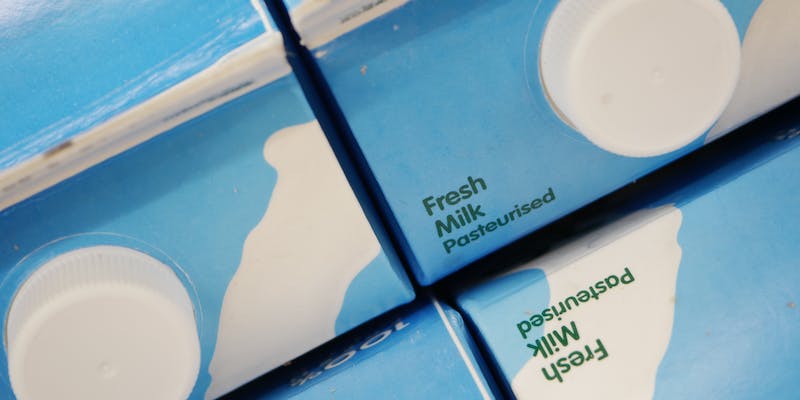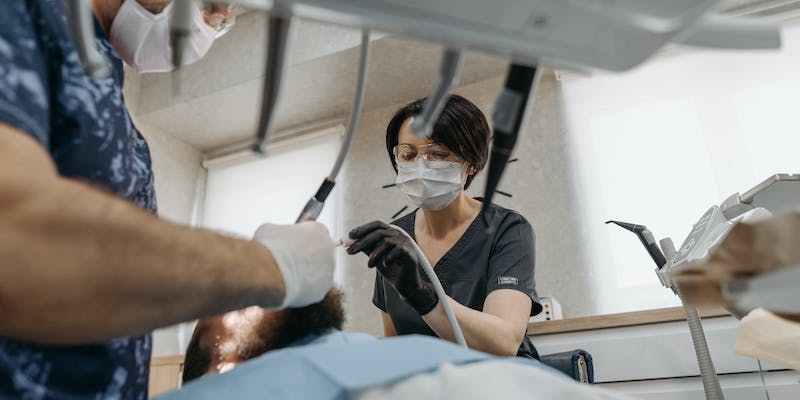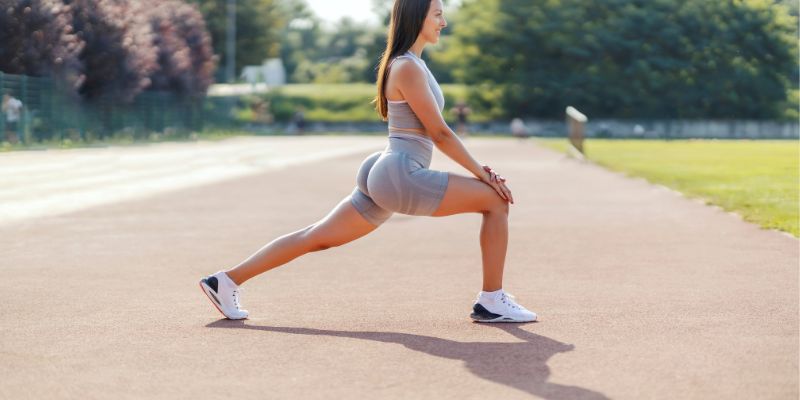How To Get Rid of Muscles Knots: Six Effective Ways to Treat
Oct 09, 2024 By Noa Ensign
Muscle knots could seem like small balls of stress, transforming daily actions into a painful battle. They can limit your regular activities and make moving unpleasant. Stress, bad posture, or repeated motions often form these knots. You know how annoying muscular knots can be if you have ever suffered one. They could create tension and discomfort, which makes relaxation difficult.
The first step in alleviating these knots is knowing why they occur. Fortunately, there are several good techniques to untangle those knots. This guide will cover doable strategies and advice to help you relax your muscles. One does not have to be an expert to get relief. Your muscles will relax, and you will feel better using some basic techniques. Let's explore practical approaches for addressing those tough muscular knots.

Signs and Symptoms
Muscle knots can produce several symptoms. You might be hurt in the afflicted area. This pain may radiate to other body areas and be dull or acute. Around the knot, you might also sense tension or pressure. Sometimes, muscle knots restrict your range of motion. This limitation could make regular chores more challenging.
Long stretches of sitting or standing could cause further pain. Some people get migraines or headaches connected to shoulder and neck muscle strain. One should pay attention to these signals. Early on, discovery can help stop knots from getting worse.
Common Causes
Muscle knots can result from several things. One important offender is stress. Your body stiffens during stress, which causes muscular tightness. Also causing knots is poor posture, which is caused by slouching or hunching over. Like lifting or typing, repeated motions fatigue some muscles.
Furthermore, contributing can be inactive lifestyles. Long stretches of motionlessness, while seated can cause tight muscles. Dehydration can also have a part. The effective functioning of muscles depends on appropriate hydration. Ultimately, knot development from misuse of muscles during activity might result from knowing these reasons, enabling you to handle the problem successfully.

Effective Techniques to Loosen Muscle Knots
Here are some highly effective techniques to help you loosen and relieve those stubborn muscle knots.
Massage Therapy and Self-Massage
Among the most successful treatments for muscle knots is massage therapy. Applying focused pressure to the afflicted areas, a competent massage therapist can assist in releasing tension and increasing blood flow. In tight, overused muscles, this encourages healing. If professional massage is not available, self-massage methods can be beneficial. Apply pressure to the knot with your hands, and move in little circles to release the muscular stiffness. Tools like massage balls or foam rollers are good for reaching deep into the muscles. Regular massages help to relax tense areas before they cause trouble, preventing muscular knots from reoccurring.
Stretching and Movement
One quite successful approach to releasing muscular knots is stretching. Gentle stretching of the afflicted muscles will help to elongate the tight fibers and increase flexibility. Pay special attention to the neck, back, or shoulders where knots are evident. To help the muscle relax, hold every stretch for 15 to 30 seconds. For optimum effects, repeat these stretches many times. Apart from releasing tension, regular stretching helps prevent future knots from developing. Additionally, improving muscle relaxation and lowering the likelihood of recurrent knots includes vigorous motions and activities that boost your range of motion.
Heat and Cold Therapy
Heat and cold therapy can provide notable release from muscle knots. By supplying more blood to the muscles, heating themas with a heating pad or a warm bathhelps them relax. Turn on the heat for fifteen to twenty minutes all at once. An ice pack or other cold treatment might help to lower inflammation and dull discomfort. If the muscle knot is swelling, it's particularly helpful. For best relief, alternate heat and cold treatments. This mix helps the muscles relax and lessens knot-induced inflammation or swelling.
Posture and Stress Management
Reducing muscular knots requires good posture. Bad postureslouching or hunching over a deskstrains particular muscle groups, which causes stress and knots. Sit and stand with your shoulders back, then use ergonomic furniture to help you naturally align. Short stretches or walks help break up protracted periods of sitting. Since tension causes muscles to tighten, controlling stress is also rather crucial. You can remain calm using mindfulness, meditation, and deep breathing. Reducing stress helps muscles not tense, reducing the probability of knot development.
Regular Exercise and Strength Training
Maintaining general muscular condition and avoiding muscle knots depend on regular exercise. Including flexibility activities like yoga or Pilates and strength training would help greatly lower knot occurrence. While flexibility exercises improve mobility and posture, strength training helps muscles develop endurance, reducing their tendency to stiffness. Try to get at least 150 weekly minutes of moderate physical activity. Frequent exercise increases blood circulation, maintains muscles' oxygenation, and helps avoid tension building. Changing your workout also guarantees that no muscle area is overused, reducing the chance of knots.
Hydration and Nutrition
Muscle action depends much on proper hydration. Because they lack enough water to function effectively, muscles are more likely to have cramps and knots when dehydrated. At least eight glasses of water daily helps your muscles remain flexible and hydrated, lowering the likelihood of developing tight knots. If you work out, increase your water intake to replace lost fluids. Maintaining a balanced diet high in electrolytessuch as potassium and magnesiumalso guarantees that muscles stay healthy. Good nutrition and hydration cooperate to support muscular activity and avoid tension.
Conclusion:
Although muscle knots can be uncomfortable and annoying, relief is within grasp with the correct approaches. Tight muscles can be relaxed with basic stretching, massage, and alternating heat and cold therapy. Maintaining proper posture, drinking enough water, and consistent exercise help prevent recurring knots.
Long-term muscular health also depends on control of stress and correct body mechanics. Consider consulting a physical therapist or other healthcare specialist if the suffering continues. Your general well-being will improve, and muscular knots will be gently released by acting early and including these strategies in your regimen.

Pasteurization Debate: Assessing Nutrient Loss in Processed Foods

Uncovering the Health Benefits of Onions: Nutrition and Wellness Guide

How Can Hip Openers Benefit Flexibility and Relieve Tension?

Post-Root Canal Care: Essential Tips for Optimal Tooth Recovery

How long does it take to recover from a stroke

6 best stretching exercises for tight leg muscles

How to Run Faster and Longer: 4 Effective Running Workouts for Speed and Endurance


